6 Indoor Plants for Air Quality (With Pictures)
-
Kristin Hitchcock
- Last updated:
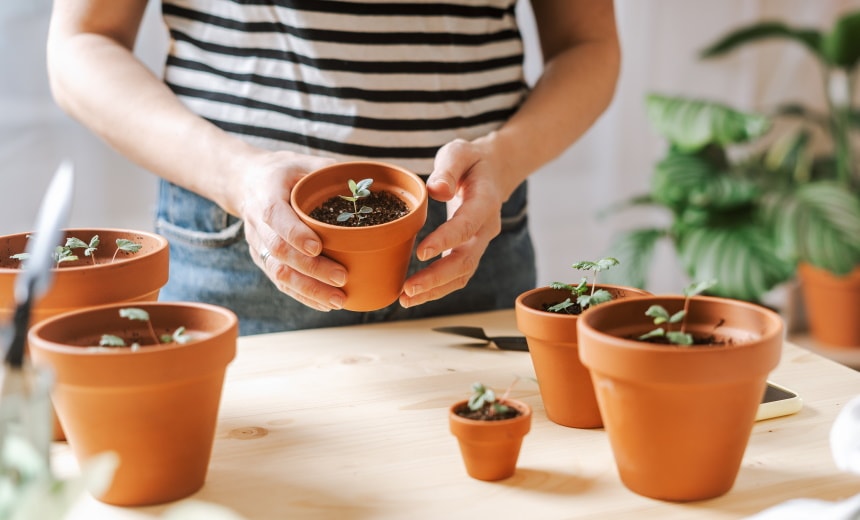
It has been known for some time that plants can purify the air in your home. However, not all plants purify air equally. In fact, some will hardly purify it at all. Some plants are decently efficient at purifying indoor air (about 9%), while others have been shown to barely purify it at all.
Furthermore, because plants aren’t super-efficient at purifying your home, you’re going to need more than one plant. A single spider plant likely isn’t going to do much (if anything). Instead, you’ll need to invest in a few plants to make a meaningful impact. Of course, purchasing more efficient plants is going to create more of an impact than only purchasing a few low-quality plants.
It is vital that you only select the best plants for air purification, however, science is a bit behind in this category. Most plants have not been tested to discover the rate they remove toxins. Instead, most of what we know is assumed from a few studies on a few different plants.
For instance, we know that some species work on some pollutants better than others. Others may purify a particular pollutant well, but not touch others. Therefore, we can assume that similar plants will have a similar impact on air quality.
Here is a list of the plants that are believed to have the biggest impact on air quality. Again, not all of these plants have been tested.
 The Top 6 Indoor Plants for Air Quality
The Top 6 Indoor Plants for Air Quality
1. Peace Lily

Peace lilies are one of the few plants that have actually been shown to reduce all five negative pollutants in indoor air. Therefore, they are the best overall air purifier and are recommended if you’re looking to improve the air quality in your home. They are also low-light plants, so you don’t have to put them near a window.
However, their leaves are toxic. Therefore, you’ll have to be careful if you have pets or small children. While that doesn’t mean that peace lilies are an instant “no” in these situations, you will have to put them somewhere out of reach. Luckily, because they don’t need much sun, this isn’t terribly difficult.
Plus, their beautiful blooms make them much prettier than most purifying plants.
2. Chrysanthemum
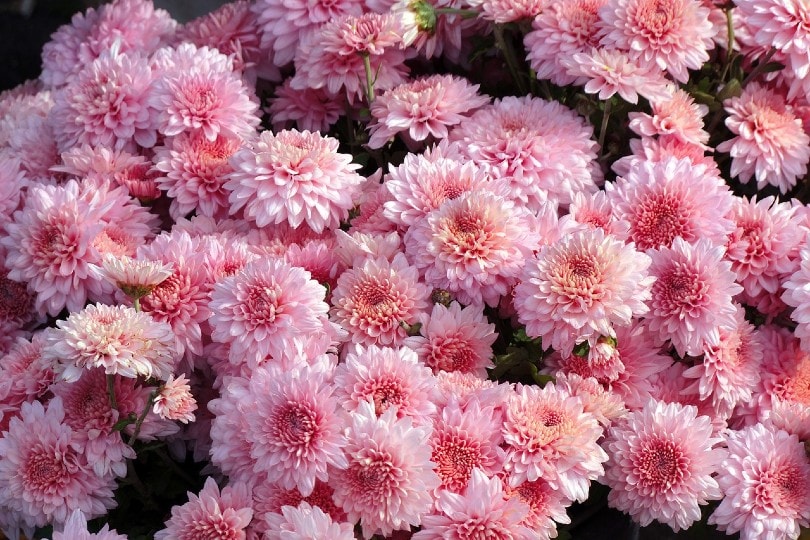
The Chrysanthemum is another plant that has been shown to remove all five dangerous air pollutants commonly found inside. These small flowers are a bit more complicated to grow indoors because they are not commonly considered to be indoor plants. However, that doesn’t mean that you can utilize them inside to help purify your air.
It can be challenging to bloom mums indoors, as they need specific lighting conditions. However, interior mums are a bit different than those you find outside and easier to grow. Therefore, we recommend only purchasing mums that have been indoors for much of their lifespan.
They need regular watering, and you’ll need to regularly cut off dead parts of the flower. Because they are prone to mold, you’ll want them in an area with good air ventilation. Since these plants do not re-bloom indoors, many people compost mums after they are done blooming. They are relatively inexpensive, so it isn’t unheard of to regularly buy new plants.
However, if you are only concerned about air quality, an un-blooming mum may be a great option, as it will not produce pollen.
3. Palm Trees
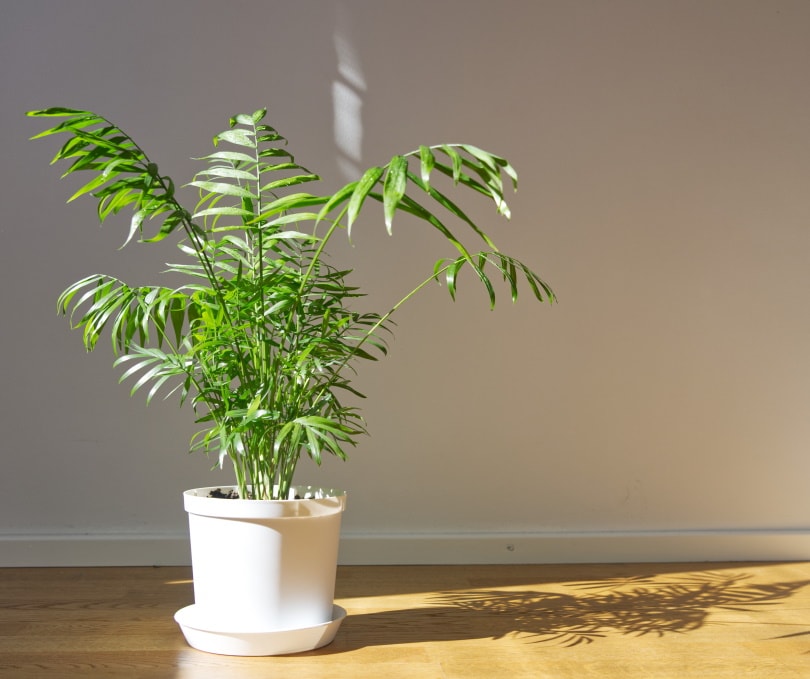
Palm trees and related plants are a good choice for air quality. They also thrive at similar temperatures similar to what most people keep their homes at. Therefore, they are a great option as an indoor plant.
They can get rather large, though. You’ll want to consider space constraints before you purchase one. There are different species that grow to different sizes. Be sure to check the adult sizes of a plant before purchase, as most at the store are not full-grown.
4. Rubber Plants
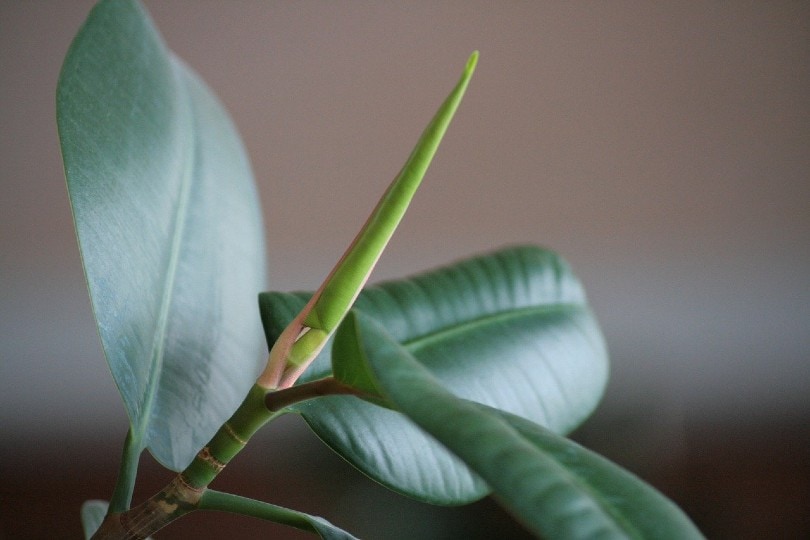
If you’re looking for a smaller plant, you may want to try a rubber plant. They grow to be quite tall, but many species do not grow outwards so they are a good option for smaller spaces. We like that they tolerate little sun, which is useful when finding plants to fit indoors.
They are not that hard to take care of, but if you’re looking for something extremely difficult to kill, we recommend a Janet Craig, which is very similar to a rubber tree. This species can take a little more abuse.
5. Ivy
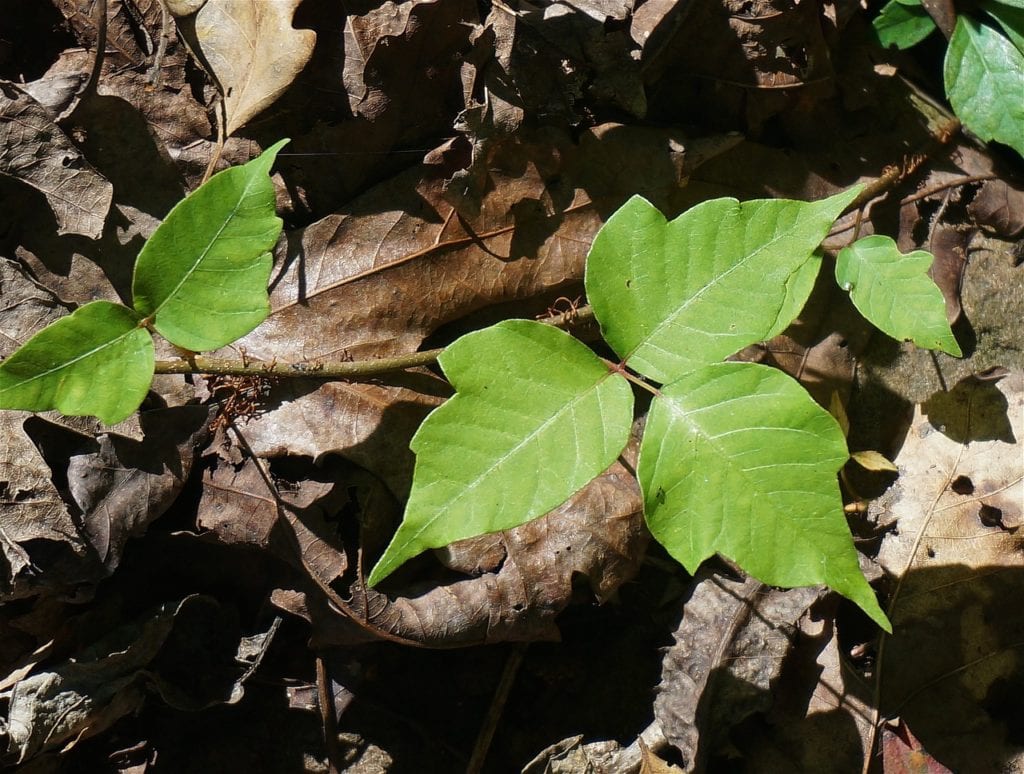
English Ivy has always been suggested as a go-to choice for purifying the air. For the most part, this is because it can grow very large quickly. However, as a climbing vine, you can grow it along walls and shelves. Because it has so many leaves, it can purify more air than other plants.
Of course, you will need to ensure that you have enough room for these plants. We recommend them on top of kitchen cabinets—assuming your kitchen gets some sunlight. These plants like part sun and part shade, so they need a bit more light than other plants on this list.
6. Golden Pothos
A Golden Pothos is extremely difficult to kill, which is why we have suggested it. It can also purify air to some degree, though it doesn’t do as good of a job as other plants on this list. It is a great option for beginner plant parents, as it is extremely difficult to kill (if not impossible). It can take a lot of neglect and is very forgiving.
This plant is commonly sold at stores, so they are easy to find.
 Conclusion
Conclusion
There are many plants you can choose to improve air quality. While very few of these plants of scientific data to back them up, many will likely improve your air quality to some extent. For complete coverage, we recommend investing in mums and peace lilies—if you can make it work.
If not, investing in an array of plants is the best option. You want to ensure that your plants can handle a variety of pollutants—not just one pollutant very well. Therefore, a variety is often the way to go.
Remember that plants are not that good at improving air quality. You’ll need a bunch of them to make a difference and you’ll likely want to purchase a lot of plants anyway.
Featured Image Credit: Ostanina Anna, Shutterstock
Contents
 The Top 6 Indoor Plants for Air Quality
The Top 6 Indoor Plants for Air Quality